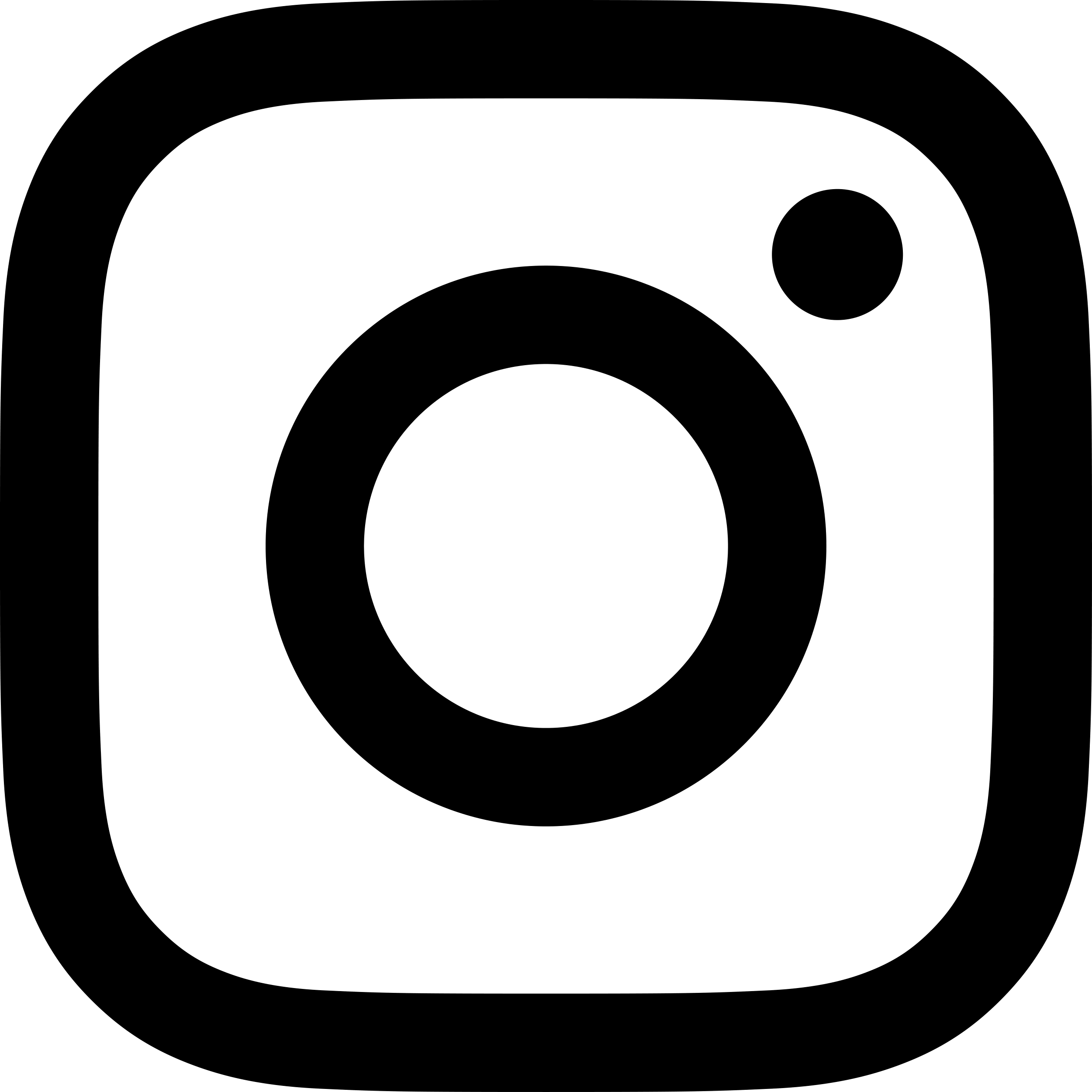Global Case Study
A Mobile Population
Previous cases
2003: Jamika, Indonesia
Only one house in Jamika has running water. All other residents fetch theirwater daily from wells or from the river. Much of this water is contaminated, as the river also serves as a public washhouse.
2008: Delhi, India
Delhi was planned for 1.4 million inhabitants, but is presently home to 14 million people. Though officials want to provide consistently clean water to all residents and visitors, Delhi struggles to manage its wastewater volume. Overwhelmed sewage treatment plants are unable to ensure purified drinking water.
2009: Kalemie, Congo
Africa has a great need for water, as well as many great lakes to help satisfy demand. There is more than enough water in the great lakes in Africa, such as Kalemie on the banks of Lake Tanganyika in the Democratic Republic of Congo; however, purifying this water and distributing it to outlying areas is a challenge.
2014: Beijing, China
Approximately 60 percent of the groundwater in China is too polluted to drink. During recent measurements, the water quality in 203 cities received "very poor" or "very bad" ratings, according to the official Xinhua news agency.
2014: Uzice, Serbia
For more than three weeks, residents of Uzice, Serbia lacked drinkable water. Toxic bacteria infected the lake that the town relied on for fresh water. Residents queued up each day in front of tankers and cisterns to receive their rations. Sadly, such occurrences are expected to continue, as many of Serbia’s bodies of fresh water harbour similar bacteria.
2015: Mexico City; Mexico
In Mexico’s metropolis, Mexico City, approximately 1.25 million people live without running water, while another million has irregular access. Since it rains up to eight months per year, rainwater is an obvious solution, which the less fortunate currently catch and use without any further purification; although this method provides much needed water, it leaves a large population vulnerable to microbial infection.
Other UV Application fields
Light for medical lighting
Mercury discharge lamps are used for tooth whitening and for hardening composite fillings with blue light.
Read more